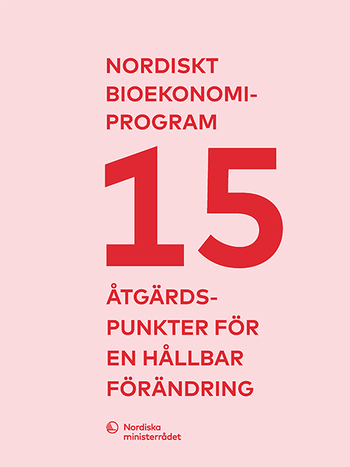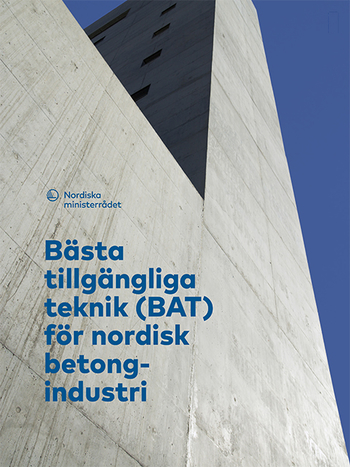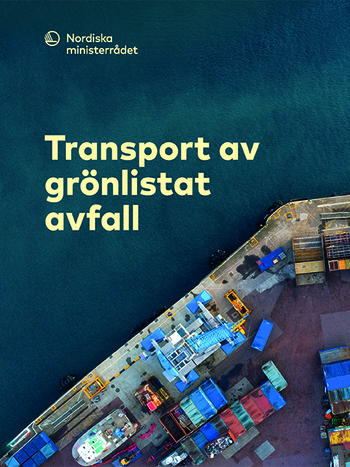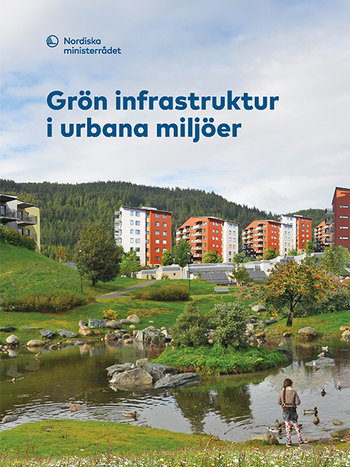Hazardous substances and classification of the environmental conditions in the Baltic Sea and the Kattegat
– Comparisons of different Nordic approaches for marine assessments
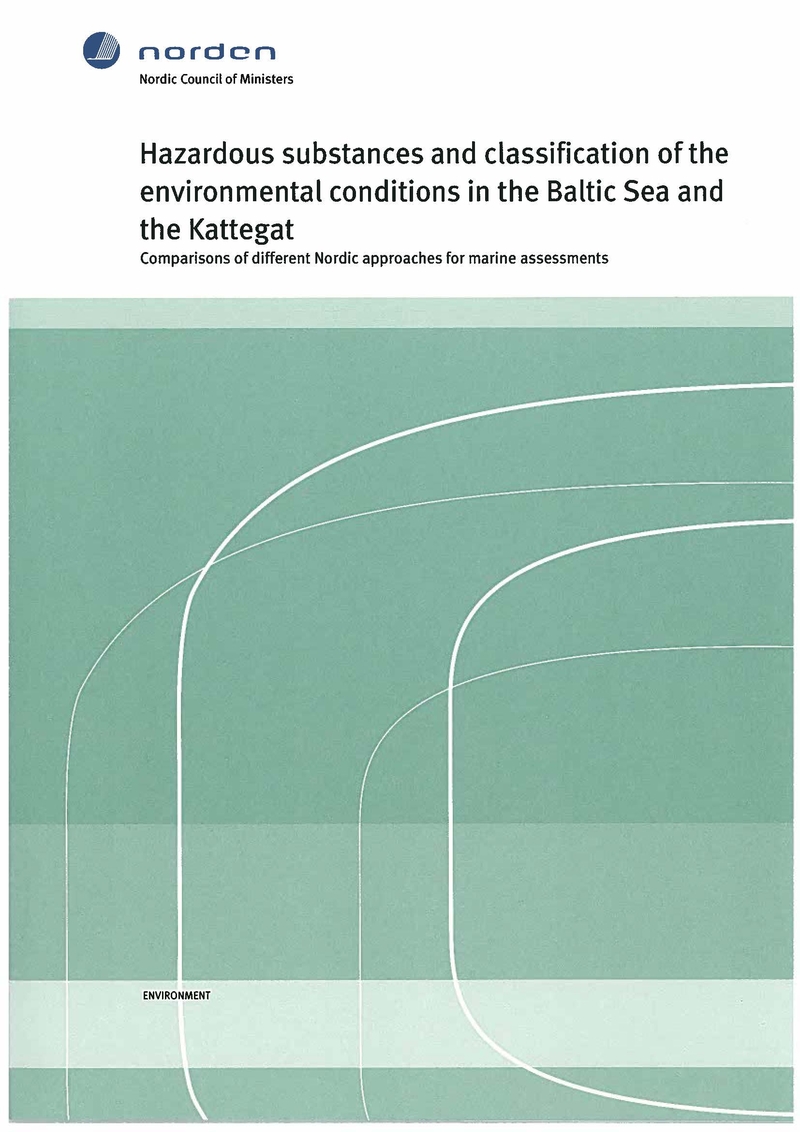
Information
Publish date
Abstract
Hazardous substances, both heavy metals and some man-made organic chemicals, are today widely distributed in the Baltic marine environment. Elevated levels of especially toxic contaminants are of concern, because they can pose a risk to sensitive ecosystems in the Baltic Sea. The objective is to compare and evaluate different classification systems for assessing pollution with hazardous substances in the marine environment presently used by the Nordic countries surrounding the Baltic Sea. The intention is also to propose an operational approach, which can bring the current monitoring strategies more in line with the objectives for environmental assessments in the EU Water Framework Directive. It is argued that an ecotoxicological approach should be developed and it should be based mainly on concentration levels in sediment and biota like mussels and fish and not on concentration levels in seawater. The comparisons and the evaluation of the different classification systems are based on available data for tributyltin (TBT), cadmium (Cd) and polychlorinated bisphenyls (PCBs) as three examples of hazardous substances occurring in the Baltic Sea region.
Publication number
2008:542

